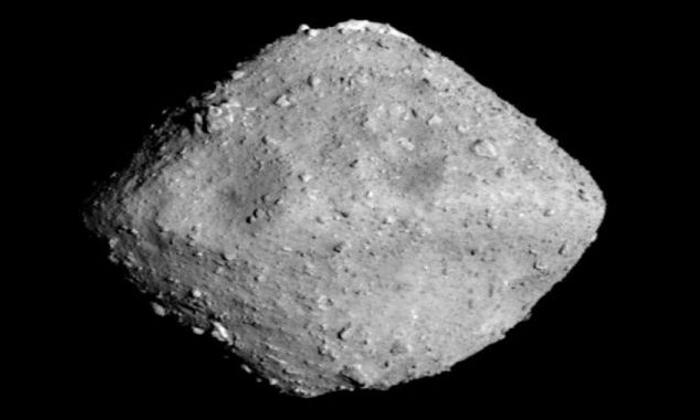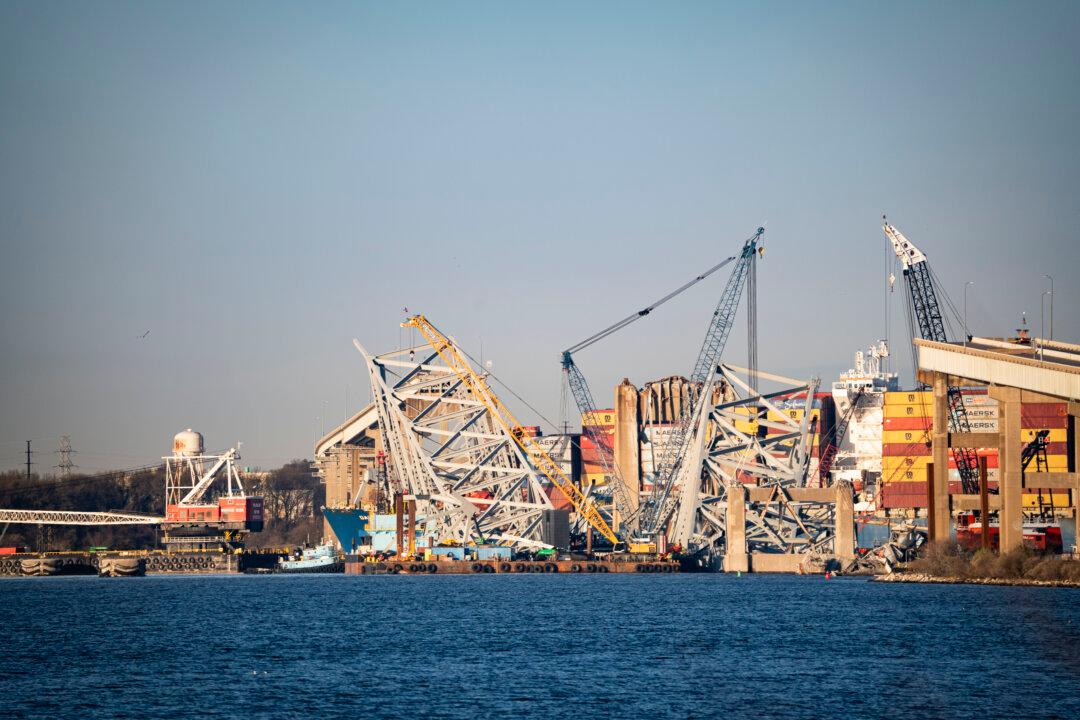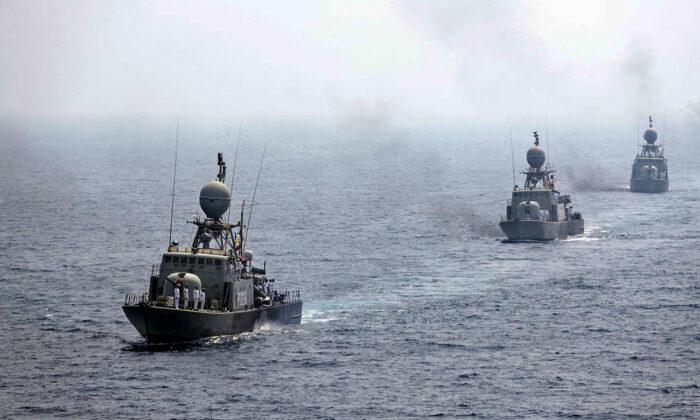Researchers discovered up to 20 types of amino acids on asteroid samples obtained by the Japanese Hayabusa2 space probe in December 2020, essential substances for living things on Earth.
A capsule containing more than 5.4 grams of surface materials arrived in Japan in December 2020 after a 6-year odyssey to the Ryugu asteroid, located over 300 million kilometers away from Earth.
The Japan Aerospace Exploration Agency (JAXA) and research institutes across Japan, including the University of Tokyo and Hiroshima University, commenced the complete analysis of the samples last year.
The sample analysis is expected to reveal more about the solar system formation and the origins of life on Earth. The previous analysis revealed that the asteroid contains primitive material rich in water and organic matter.
Asteroids are believed to have formed at the dawn of the solar system, and scientists have said the sample may contain organic matter that could have contributed to life on earth.
The Hayabusa2—named for the peregrine falcon—orbited above Ryugu for a few months before landing, then used small explosives to blast a crater and collected the resulting debris. After dropping off the capsule, it changed course and headed back into space.





Friends Read Free